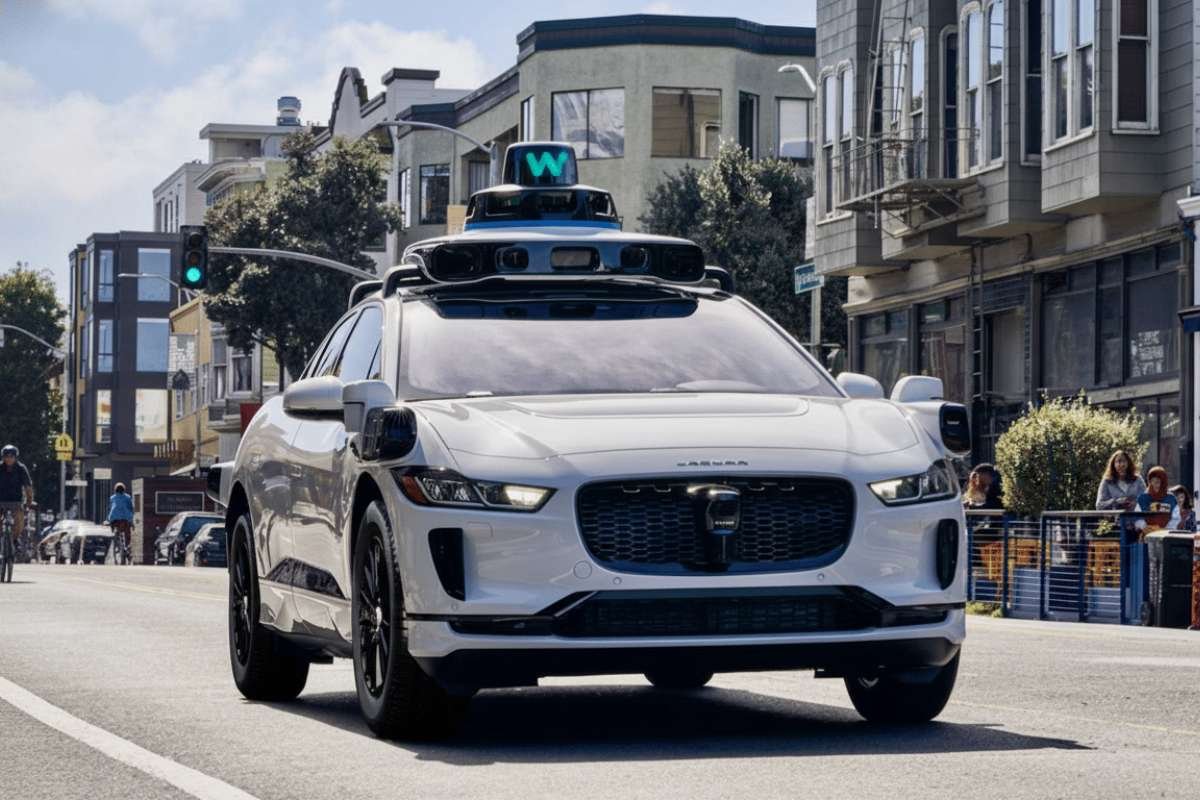Key Points:
- Freeway Expansion: Waymo Expands Robotaxi Service beyond city streets, now operating on major U.S. freeways.
- Broader Coverage: The move increases accessibility, connecting urban centers with suburban areas for more seamless travel.
- Competitive Edge: Expansion strengthens Waymo’s position in the autonomous vehicle market against rivals like Cruise and Tesla.
Waymo, the autonomous driving company that spun out from Google, announced that Waymo Expands Robotaxi Service to freeways across San Francisco, Los Angeles, and Phoenix. The move marks a major milestone in the company’s journey to expand its commercial robotaxi network and shorten travel times for riders.
Waymo Introduces Freeway Operations
The company said that enabling freeway driving could reduce ride durations by up to 50%, particularly for users commuting between suburban and metropolitan areas. The update extends Waymo’s service routes to include San Jose, creating a 260-mile connected service region across the Bay Area.
Waymo also plans to begin curbside pickup and drop-off service at San Jose Mineta International Airport, similar to what it already provides at Phoenix Sky Harbor International Airport. This expansion is part of Waymo Expands Robotaxi Service efforts to make autonomous rides faster, more efficient, and more widely accessible for daily commuters and travelers.
Initially, freeway trips will not be available to all users. Riders can express interest in freeway-enabled rides through the Waymo app and may be matched with a route depending on trip availability.
Safety and Technology Validation
According to Waymo co-CEO Dmitri Dolgov, Waymo Expands Robotaxi Service to freeways represents one of the most complex challenges in developing full-scale autonomous systems. “Freeway driving is easy to learn but hard to master when there’s no human driver involved,” Dolgov explained. “It took time to ensure a high level of safety and reliability.”
Principal software engineer Pierre Kreitmann noted that freeway environments, while predictable in structure, offer fewer critical driving events compared to city streets. To address this, Waymo combined real-world freeway tests with closed-course and simulation environments. This approach allowed engineers to expose the system to rare but important safety scenarios.
Waymo Expands Robotaxi Service has already been observed on freeways in Phoenix for months, with employees participating in early-stage test rides. The company said the final testing phase focused on ensuring vehicles could transition smoothly between local streets and highways while adapting to real-time traffic conditions.
Coordinating for Scaled Operations
With this expansion, Waymo has broadened its operational protocols to include coordination with local safety agencies such as the California Highway Patrol. These measures are designed to support large-scale deployment and ensure safe integration with regular traffic.
The company views freeway functionality as a critical step toward offering long-distance autonomous transportation across connected urban areas. This advancement also positions Waymo to compete more effectively in the growing autonomous mobility market, where efficiency, safety, and scalability are key business factors.
Waymo Expands Robotaxi Service with its freeway rollout, highlighting how the company continues to refine both its software and operational strategy as it prepares for broader commercial adoption. For entrepreneurs and business leaders in the mobility sector, the move signals a new phase in the evolution of self-driving transportation — one that brings the technology closer to everyday use on a metropolitan scale.










